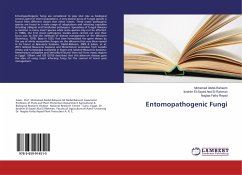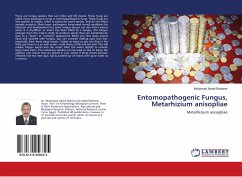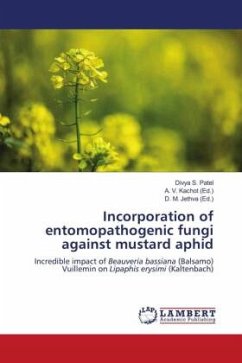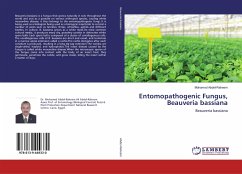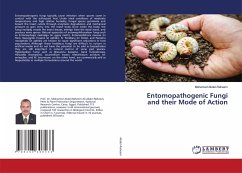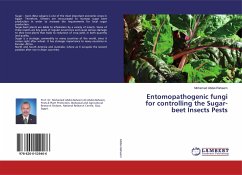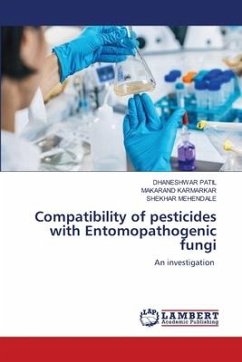Entomopathogenic fungi are considered to play vital role as biological control agent of insect populations. A very diverse array of fungal species is found from different classes that infect insects. These insect pathogenic species are found in a wide range of adaptations and infecting capacities including obligate and facultative pathogens. Spreading of fungal diseases is common in many insect species while some species may not be affected. In 1980s, the first insect pathogenic studies were carried out and their focus was to find the methods of disease management of the silkworm (Steinhaus, 1975). Bassi in 1835, first time formulated the germ theory by the use of white muscardine fungus on the silkworm that was then named in his honor as Beauveria bassiana. Abdel-Raheem, 2005 & Salem, et al, 2015 Isolated Beauveria bassiana and Metarhizium anisopliae from Cassida vittata and Scropipalpa ocellatella in Egypt and isolated Beauveria bassiana, Metarhizium anisopliae and Verticilliumlecanii from soil from many regions in Egypt. Gilbert and Gill (2010) described that this silkworm disease gave the idea of using insect infecting fungi for the control of insect pest management.

